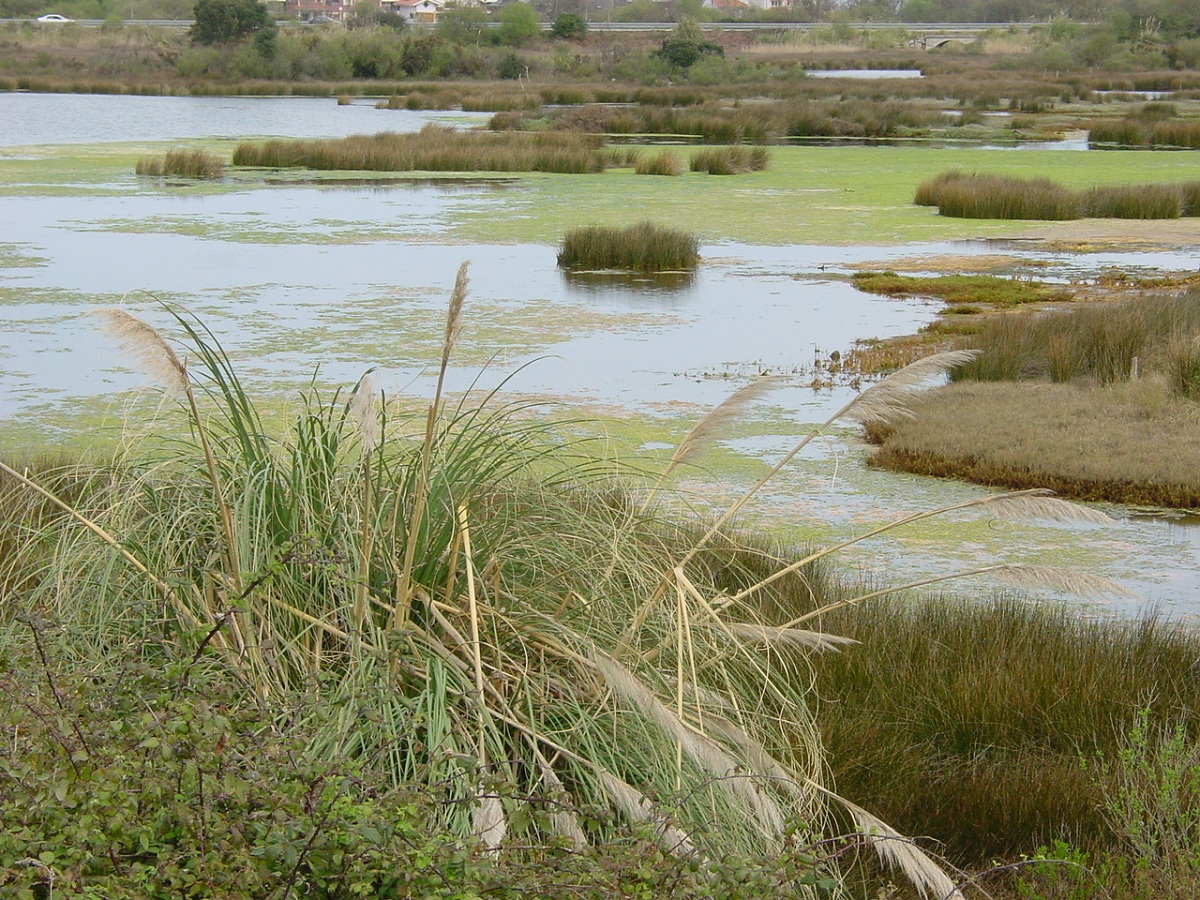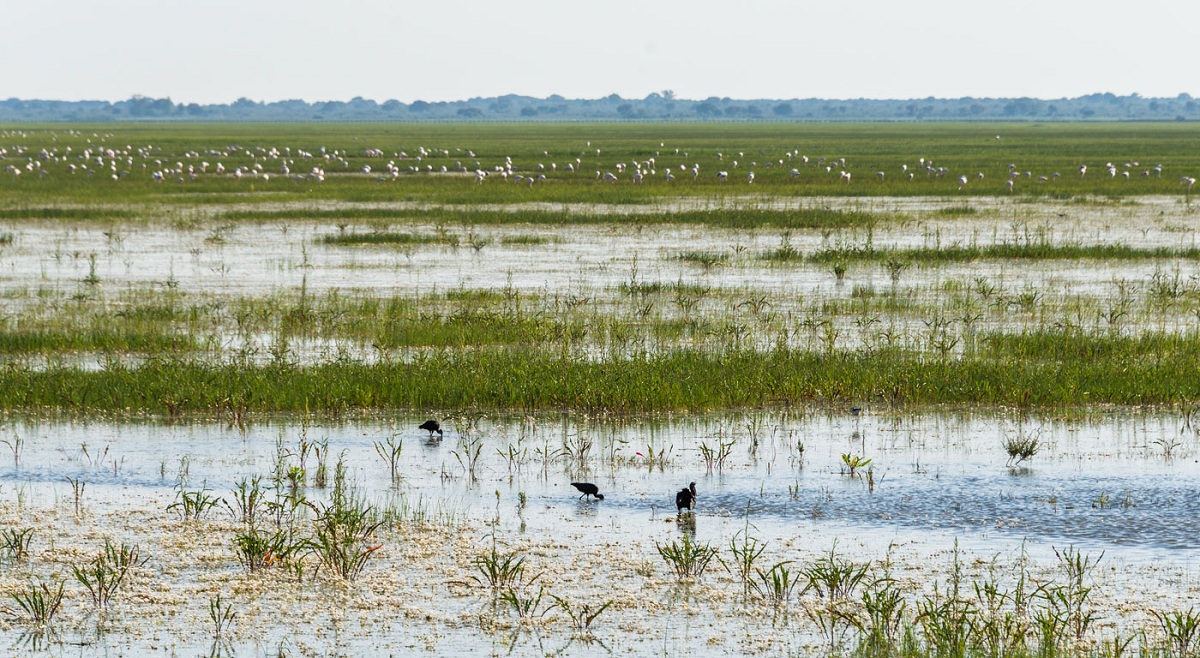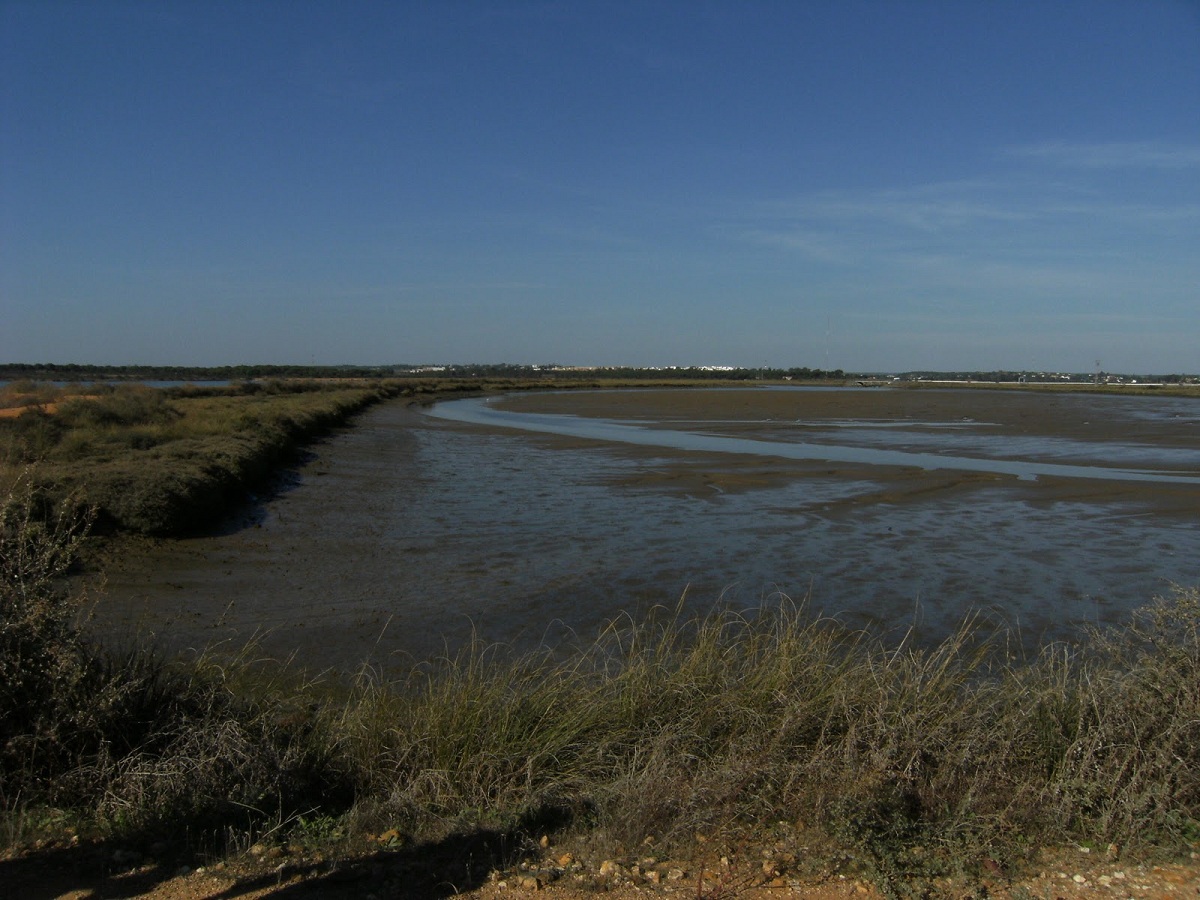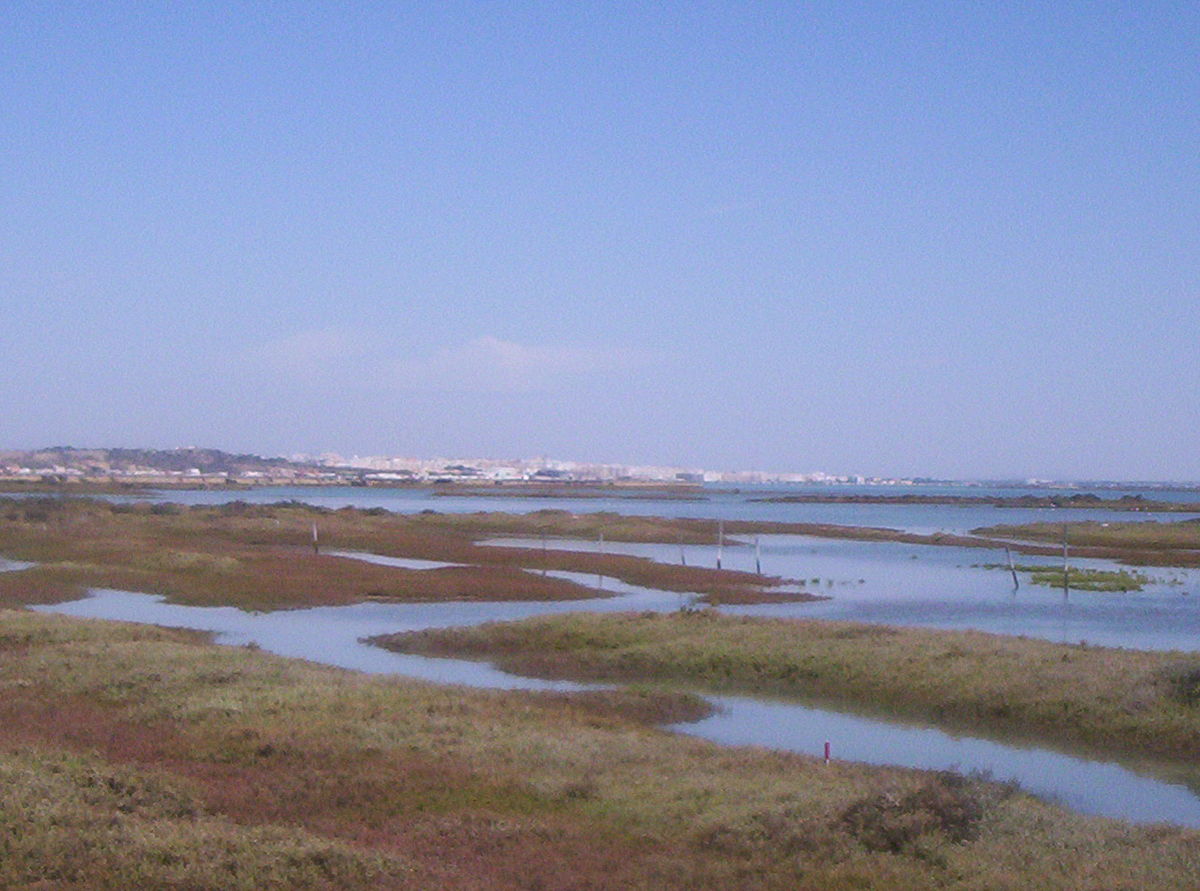
Among the different types of ecosystems that we know with great ecological value we have the marshes. It is one of the most curious ecosystems in which great information about animals and plants can be collected. They have a fairly important function in the functioning of nature and it is necessary to conserve them, since they suffer different environmental impacts. Nowadays there is a great degradation of all the marshes and, for this reason, they have been declared places of community interest.
In this article we are going to tell you about the characteristics of the marshes, their importance and the flora and fauna that live here.
What are marshes

The first thing of all is to know what the marshes are. Marshes are those mixed ecosystems that have several unique characteristics. The first main characteristic is that have high levels of humidity and is composed of herbaceous plants that grow above and below the surface of the water. There are different types of marshes depending on the type of water where it is found. We can find freshwater marshes and saltwater marshes. These ecosystems can be formed both in places where it is found in seas and rivers. Depending on what type of water course it forms, it will be salt water or fresh water.
Most of the existing marshes in the world have brackish water. This water is the mixture of salt water and fresh water. Normally, the marshes are in places near the coast and near the mouth of the river. Thus, receives water from both sources and mixes with each other. At an ecological level they are of great importance since they are home to a large amount of flora and fauna. They are also important on a human level since they are used for cultivation.
These are the reasons why marshes are ecosystems that are protected and admired around the world.
Main characteristics of the marshes

We are going to analyze what are the main characteristics that we can find in the marshes. The first thing is to know that they are irregular territories where the water deposited from the sea or the mouth of the rivers is found. As we have mentioned before, depending on the proportion that exists of the different water courses we can find sweeter or more salty water. The most normal thing is that it is brackish water.
The area that covers the entire marsh is located between the mainland and the sea. This also occurs in other ecosystems such as estuaries and inlets. The general climate of the marshes are humid so it is conducive to the development of both plant and animal species. Continuously good humidity can provide ideal conditions for plants and animals to thrive.
Marshes are useful places for various types of agricultural and cultivation activities. Thanks to their environmental and terrain conditions, they have soils with a high degree of fertility. If we do not refer to the ground level and its relief we can say that it is very little pronounced. They rarely exceed 10 meters in height and are almost always at sea level. This allows temperatures to be stable throughout the year. Sometimes we can find marshes with hardly any water. This means that the water is under very abundant vegetation.
Some of the main functions of salt marshes in natural ecosystems is to absorb the tides that cause storms. Thanks to the marshes, floods can be prevented in the most vulnerable areas. They are also responsible for trapping a large amount of sediment, so They serve as a natural filter against contamination. As we can see, marshes have great ecological functions that help the correct balance of the ecosystem.
Flora

We are going to analyze which are the main species of flora that inhabit the marshes. The particularity of life that these ecosystems have are few plant species that can survive brackish water. Although there are other favorable environmental conditions, and the nutrients can only be absorbed if the plant is prepared for it. Therefore, the most normal thing is that there are halophytic plants. These plants They are those that can withstand salt concentrations of up to 10%. These conditions prevent the growth of other plants that are not indigenous to these ecosystems.
All these characteristics make invasive plants not a danger in this class of ecosystems. In general, we highlight 4 large groups or formations of vegetation in the marshes. We are going to list what they are: marine meadows, espartinales, succulent communities and shrub halophyte communities. Among these species are some well-known plants such as the black juniper, the mastic, the rockrose or the rosemary.
Some of the plants that belong to the flora of the best known marshes are the following:
- Spoons Herb
- Cat's claw
- Squill onion
- Common plane
- tripolius
- Common marshmallow
- I sell the gas
- Maritime junk
Fauna
Now we are going to analyze which fauna exist in the marshes. Depending on the area where the marshes develop there are different types of animals. We can find species ranging from groups of mammals to amphibians or invertebrates. However, the most abundant animals are birds. And it is that the birds use the marshes as places of migration and to nest. They also use them to be able to regain strength during long trips. This means that we can see a large number of birds in these lands. The most common birds that we can find are the gulls, the storks, the harrier, the osprey, the common heron and the gray heron.
We can also find other animals belonging to invertebrates such as crabs, clams, mussels and snails. As the most representative mammals we find mice, rabbits, wild boars, deer, lynx, rats and raccoons. Some of the fish that we find in these ecosystems they are salmon, sole and aligote. The quantity and abundance of these animals depends on the degree of conservation of the marsh and the environmental impacts around them.
I hope that with this information you can learn more about the marshes and their characteristics.